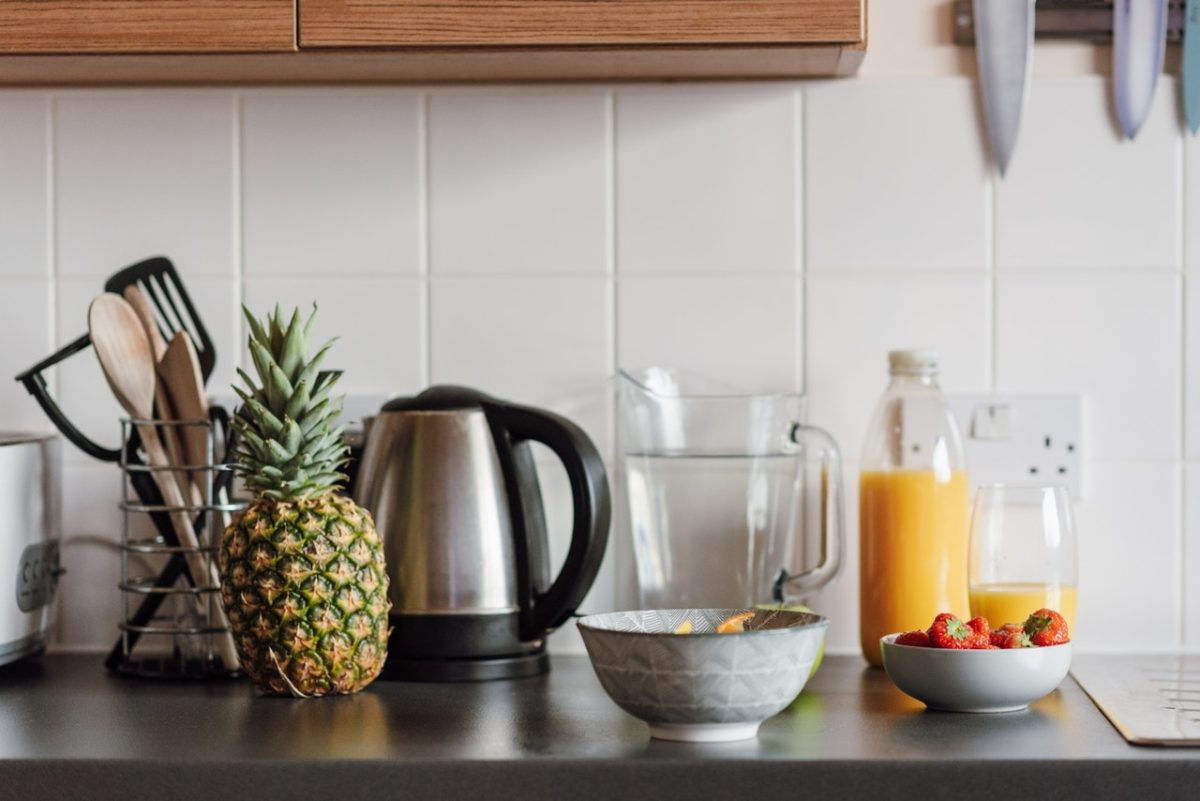
6 Tips for Better Water Quality at Home
Water is essential to survival, but it can also be hazardous if the quality is poor.
We all want our homes to have the best water quality possible. But the fact is that water quality issues are a lot more common than we thought. It could be from a contaminated water source, undetected lead pipes in the plumbing system, or something else.
Fortunately, safer and cleaner water is always within reach.
Here are 6 ways to improve the water quality in your home:
- Install a Water Filter
A good water purification and filtration system is the most effective way to achieve better water quality. Water filters remove impurities in the water, especially those originating from your pipes.
If you already have a filtration system installed, remember to routinely clean or replace your filters every so often according to the instructions for your specific model. Bacteria, metals, and other contaminants can build up in your water filters over time and cause them to malfunction. In some cases, they can even make your water smell or taste foul.
- Get Your Water Tested
It’s important to get your water tested, even more so if your household relies on private water supply or a community water system with a spotty track record.
There are inexpensive water quality test kits that you can purchase online or in most hardware stores. But if you’re more concerned than curious about the quality of your water supply, we recommend bringing in a professional to test your water for a more thorough assessment. Here at Lucent Property Inspections, we offer many services outside of the normal home inspection. Whether or not you are buying or selling, at any time it is wise to do a water test.

- Flush Your Taps
Water that has been sitting in the pipes for quite a long period of time can get stagnant and collect debris and contaminants.
If you’ve left your house empty for some time, remember to flush your taps for at least two minutes first before using the water for drinking and or cooking. To avoid wasting water, take a shower or use the dishwasher to get the water moving again instead of simply running your taps,
- Clean/Replace Water Aerators
Water aerators are the screens you usually find at the end of your faucet, serving as the last line of defense before household water consumption.
But while water aerators do help keep the water in our homes free from impurities, a significant amount of sediments and metals can build up in the screen over time affecting water flow, pressure, and quality.
To ensure good water quality in your home, always clean your water aerators and replace them when needed. It’s an inexpensive and easy job that you can do on your own.
- Drain Water Heaters Annually
Sediment, bacteria, and metals can accumulate in your water heater tank, causing water quality to decline. Draining your water heater removes most of the metals, sediment, and bacteria build up in the tank, improving the water quality and even the water pressure in your household.
Some manufacturers suggest fully draining your water tank once a year while other recommend draining one gallon every month.
Refer to your water heater manufacturer for the best way to drain your water heater.

- Maintain Your Household Plumbing
Pipes eventually corrode and develop mineral deposits as they age. Over time, this can affect the water quality in your home and cause a decrease in the water flow.
Are you living in or moving to an older home? Old pipes are potential lead sources, so make sure to routinely check your plumbing system and replace aging pipes and plumbing parts. If you’re still using galvanized plumbing with copper pipes and your water begins to look murky or taste off, a plumbing system overhaul might be necessary.
With a bit more effort and a few minor changes to your home and plumbing maintenance habits, you can ensure a safer, healthier, and better tasting water supply for yourself and your family!
About the author
Rachel Watson is the Senior Content Editor of Precision Air & Plumbing, a full-service HVAC, plumbing and home performance contractor operating in Chandler, Arizona. Rachel enjoys yoga and writing articles about how to make home living more energy-efficient and environmentally friendly.